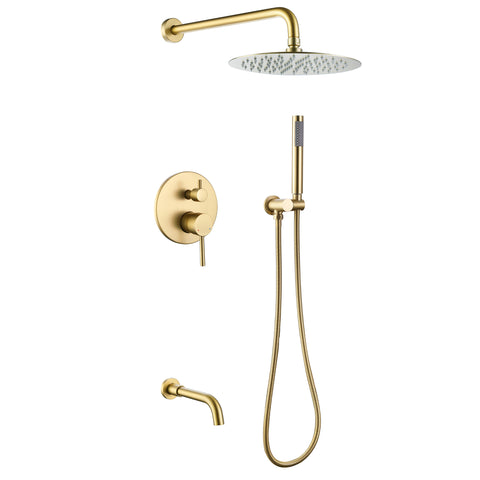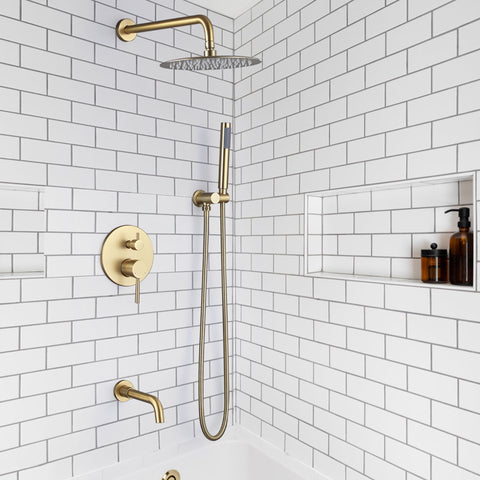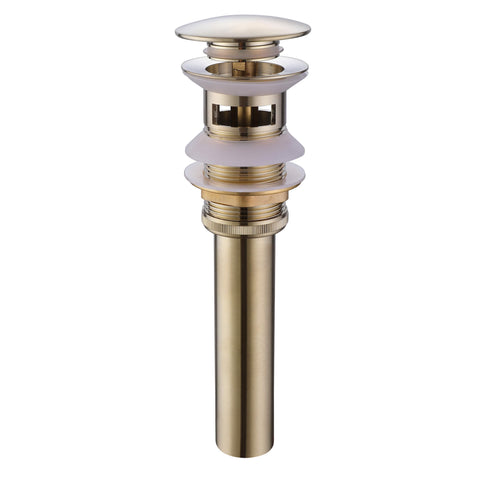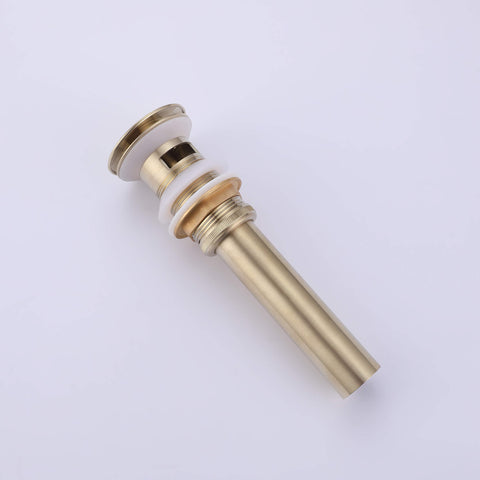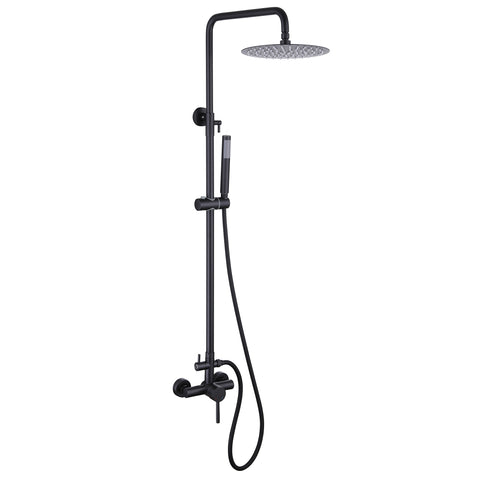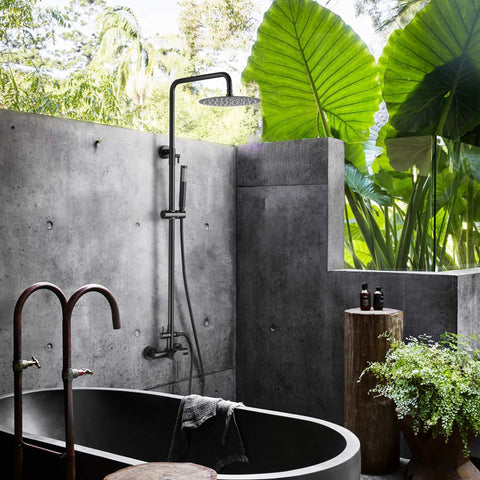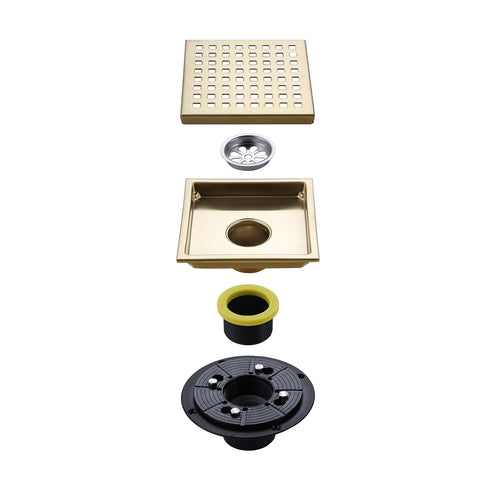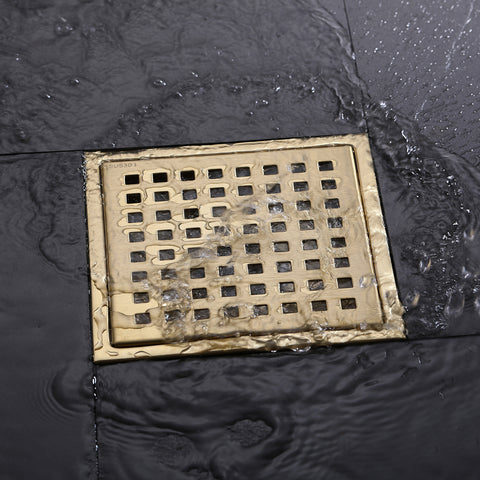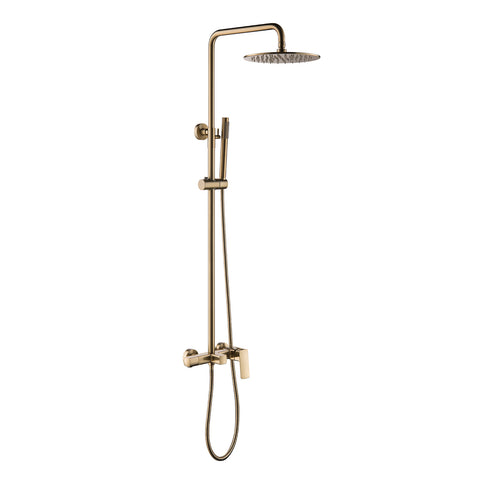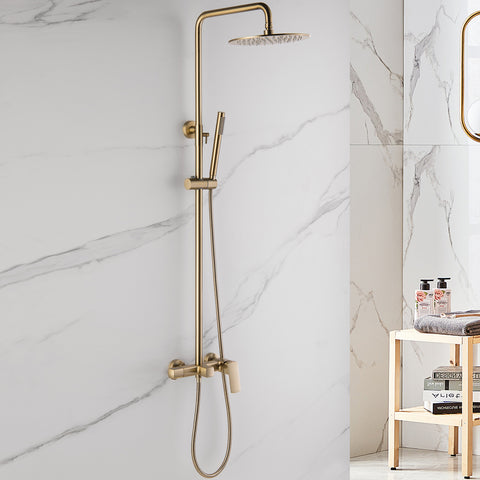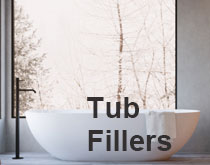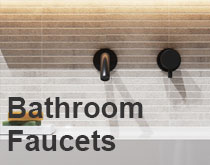Shower Faucet vs. Shower Valve: What's the Difference?
When it comes to creating the perfect showering experience, many components work together to provide comfort, convenience, and functionality. Two critical elements in this process are the shower faucet and the shower valve. While they may seem interchangeable, they serve distinct roles in your shower system. In this blog, we'll explore the key differences between a shower faucet and a shower valve, helping you make an informed decision when it comes to upgrading or installing your shower.
Shower Faucet: Bringing Style and Control
A shower faucet, often referred to as a shower handle or shower trim, is the visible part of your shower system. It is the component you interact with when adjusting water temperature and flow. Here are some key features and functions of a shower faucet:
- Temperature Control: The shower faucet is responsible for controlling the water temperature. It typically features a handle or knob that you turn to adjust the temperature to your liking.
- Flow Control: In addition to regulating temperature, the shower faucet allows you to control the water flow. You can increase or decrease the water pressure with a simple turn or lever movement.
- Aesthetic Appeal: Shower faucets come in various designs, finishes, and styles to complement your bathroom decor. They serve an essential role in enhancing the visual appeal of your shower space.
- Ease of Use: Faucets are user-friendly and intuitive. They make it easy for you to fine-tune the water to your preferred temperature and flow rate.
- Ease of Replacement: If you're looking to update the look of your shower without major renovations, replacing the faucet is a straightforward and cost-effective option.
Shower Valve: The Hidden Workhorse
While the shower faucet takes the spotlight in terms of aesthetics and user interaction, the shower valve is the silent workhorse behind the scenes. It's a crucial component of the plumbing system, ensuring reliable and safe water distribution. Here's what you need to know about shower valves:
- Water Mixing: The primary function of the shower valve is to mix hot and cold water to achieve the desired temperature. It does this by blending the hot and cold water supply lines.
- Pressure Balance: Shower valves often include pressure-balancing features, which help maintain a consistent water pressure even when other fixtures in the house are in use. This is essential for preventing sudden temperature fluctuations when someone flushes a toilet or uses water elsewhere.
- Thermostatic Valves: Some shower valves are thermostatic, which means they have built-in thermostats to maintain precise temperature control. These are excellent for households with small children or elderly family members to prevent scalding accidents.
- Concealed Installation: Unlike the exposed shower faucet, the shower valve is typically installed inside the wall. This gives your bathroom a cleaner, more streamlined look and saves space.
- Durability: Shower valves are built to withstand years of use and are less likely to require replacement compared to the faucet. They are built for long-term reliability.
The Perfect Harmony: Faucet and Valve Working Together
In your shower system, the shower faucet and shower valve work in harmony to provide you with an enjoyable and functional bathing experience. The faucet offers control and style, while the valve ensures safety, consistency, and efficiency.
When upgrading your shower, it's crucial to consider both components. You can choose a faucet and valve that match in terms of design and finish, creating a cohesive look in your bathroom. Additionally, you can opt for a thermostatic valve if precise temperature control is a priority, especially if you have young children or elderly family members.
Ultimately, the choice between a shower faucet and a shower valve depends on your preferences and priorities. Consider factors such as aesthetics, functionality, and budget when making your decision. It's also a good idea to consult with a professional plumber to ensure your chosen components are compatible with your existing plumbing and meet local building codes.
In conclusion, both the shower faucet and shower valve play vital roles in your shower system, and understanding the differences between them is crucial for creating the perfect shower experience. Whether you prioritize style, safety, or efficiency, the right combination of faucets and valves will help you achieve the shower of your dreams.
